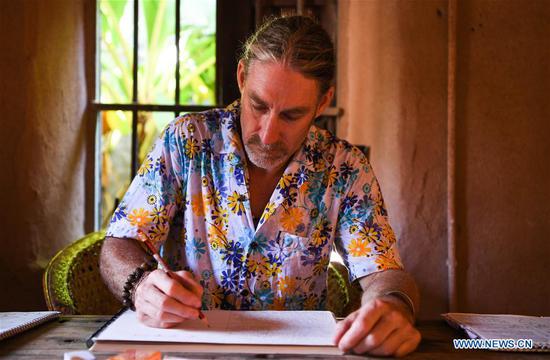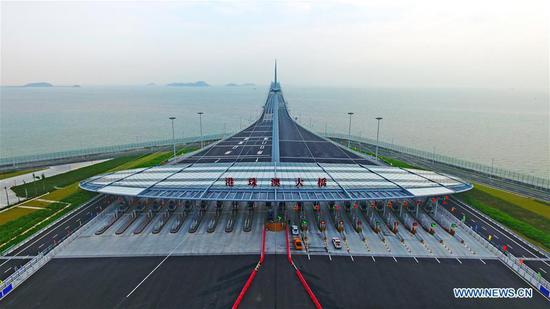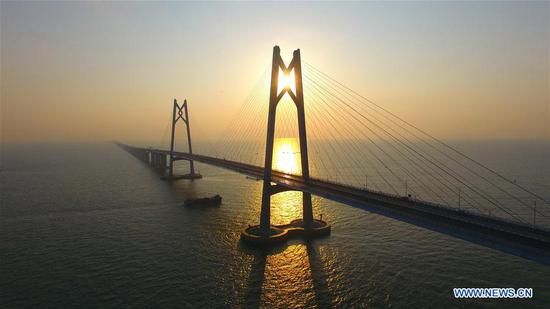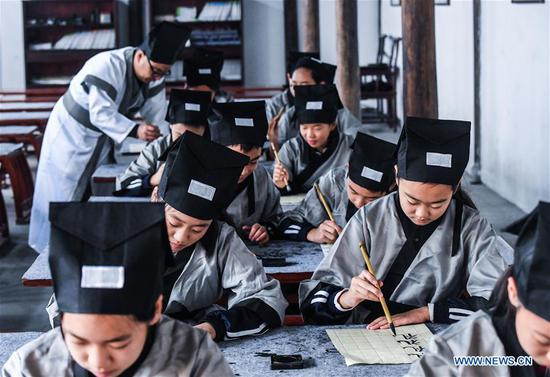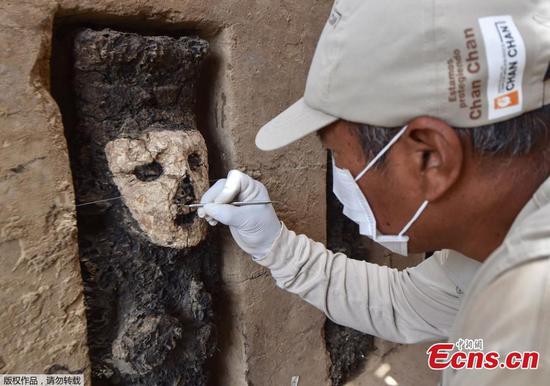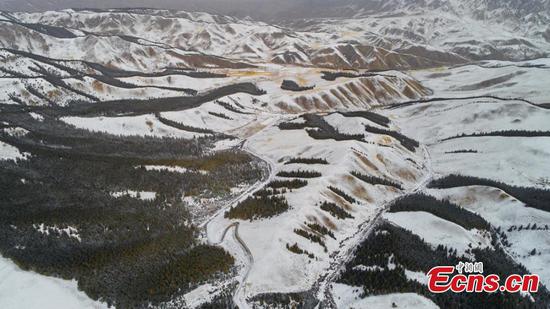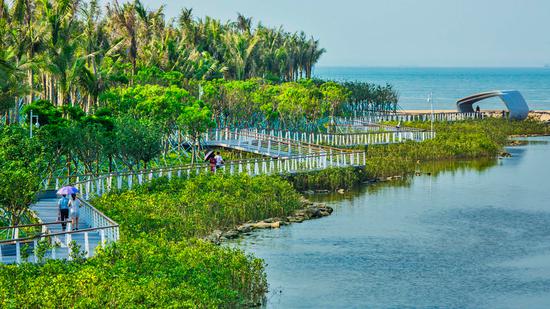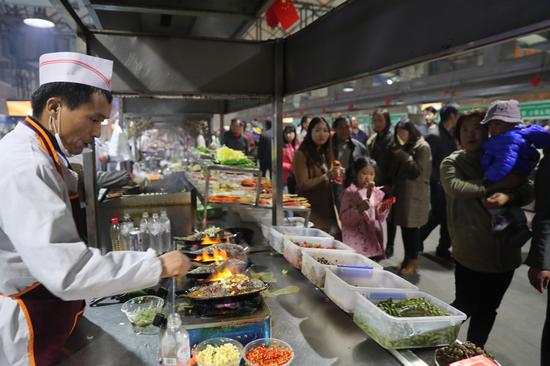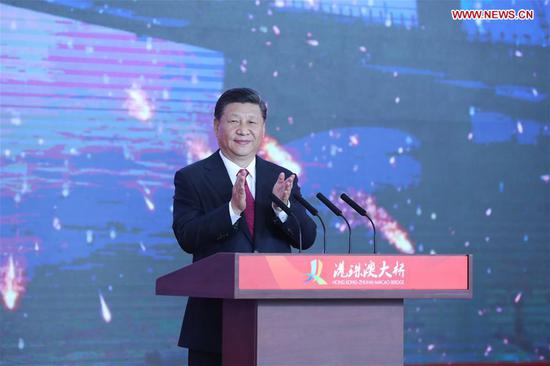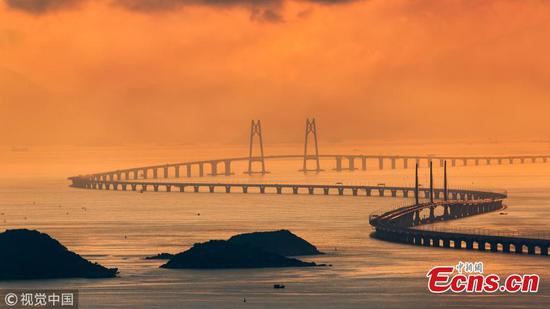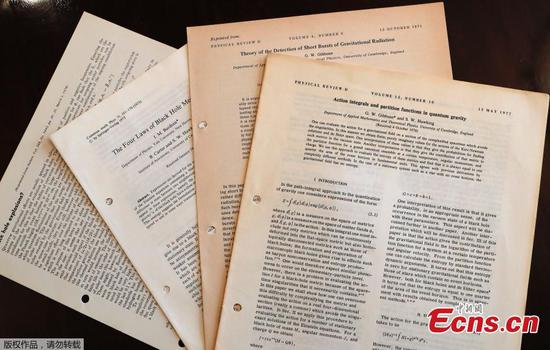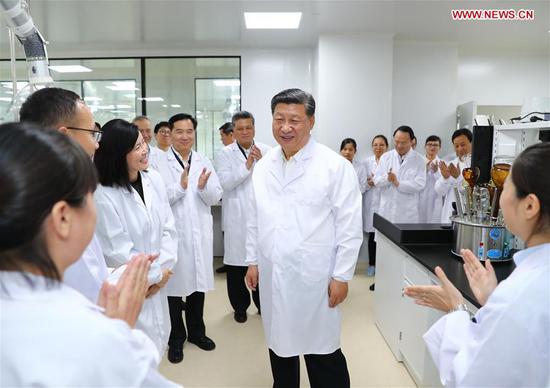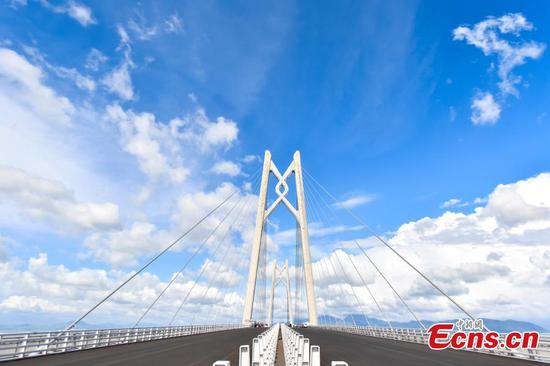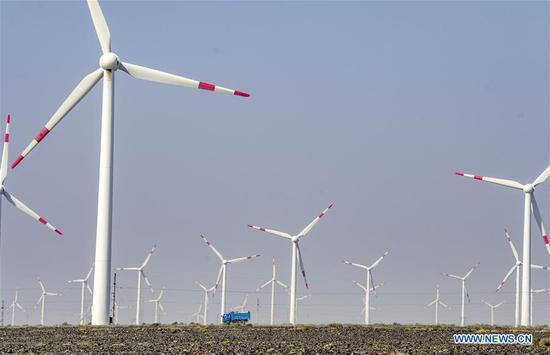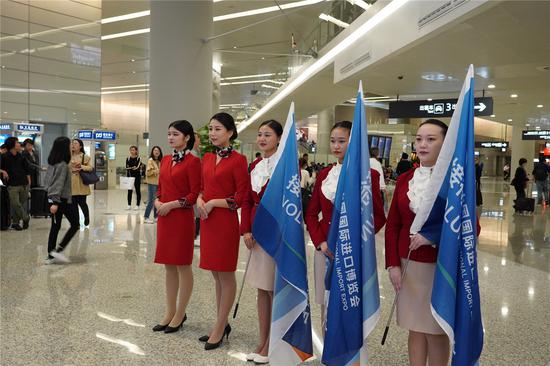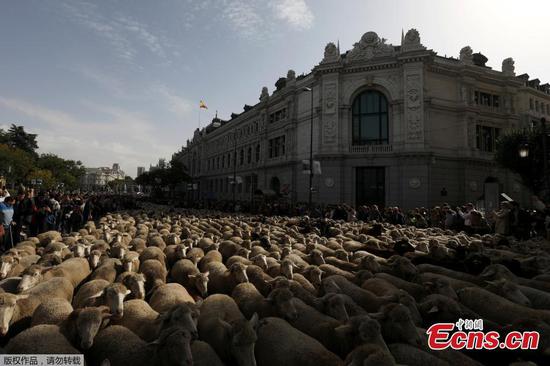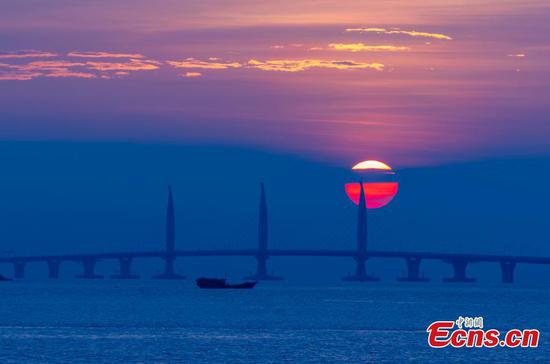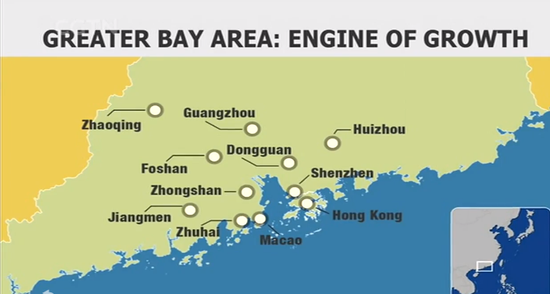
As an integral part of China's ambitious plan to build the Greater Bay Area, the world's longest sea-crossing bridge Hong Kong-Zhuhai-Macao Bridge will open to traffic on Wednesday.
The Greater Bay Area refers to the special administrative regions of Hong Kong and Macao, and nine cities in south China's Guangdong Province.
The area has a combined population of around 70 million, with an economy of over 1.5 trillion US dollars. It is one of the most economically vibrant regions in the world.
While it covers less than one percent of China's land area, and its population accounts for less than five percent of the national total, it contributed more than 10 percent of the country's GDP last year.
The region recorded an impressive growth rate of over seven percent during the same period, above the national average of 6.9 percent.
The government's plan is to develop the Greater Bay Area, which has a remarkable economic infrastructure, into a single market with expertise in finance, manufacturing and technology.
As a global trading hub, Guangdong Province exported around 670 billion US dollars of goods last year alone. Its cities of Donguan and Foshan are home to many of the region's factories. Another city, Shenzhen, has already established itself as China's Silicon Valley.
Moreover, three of the world's 10 busiest container ports are located in Hong Kong, Guangzhou and Shenzhen.
The Hong Kong-Zhuhai-Macao Bridge is now a part of a sophisticated air, road and railway network. Another bridge connecting the cities of Shenzhen and Zhongshan is expected to be completed by 2024.
To achieve the goal of turning the area into a science and technology powerhouse, economic integration still remains the biggest challenge, as both Hong Kong and Macao have different permits and tax arrangements.










